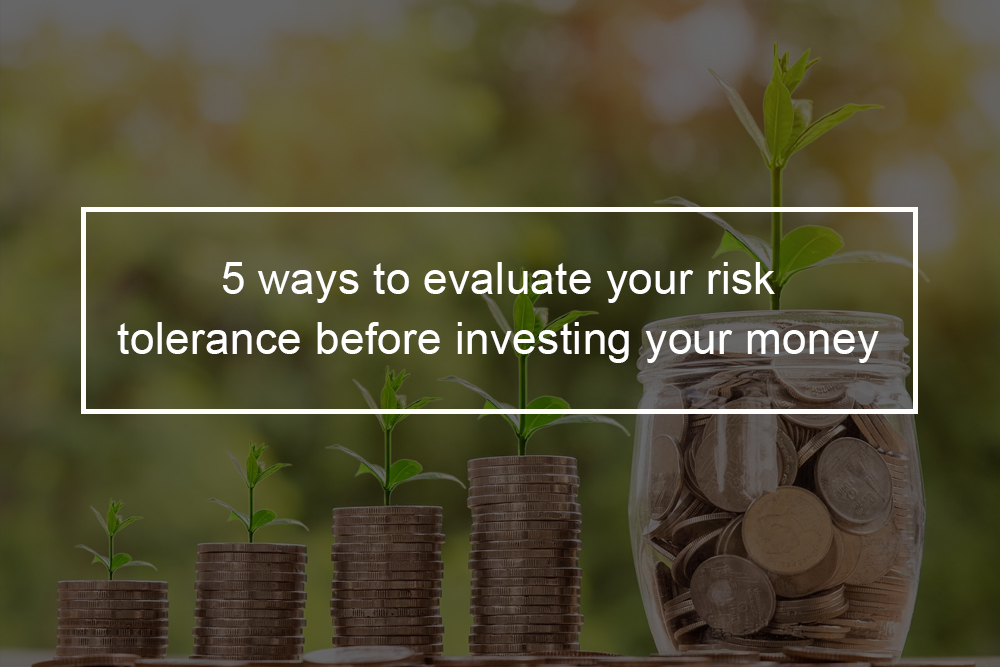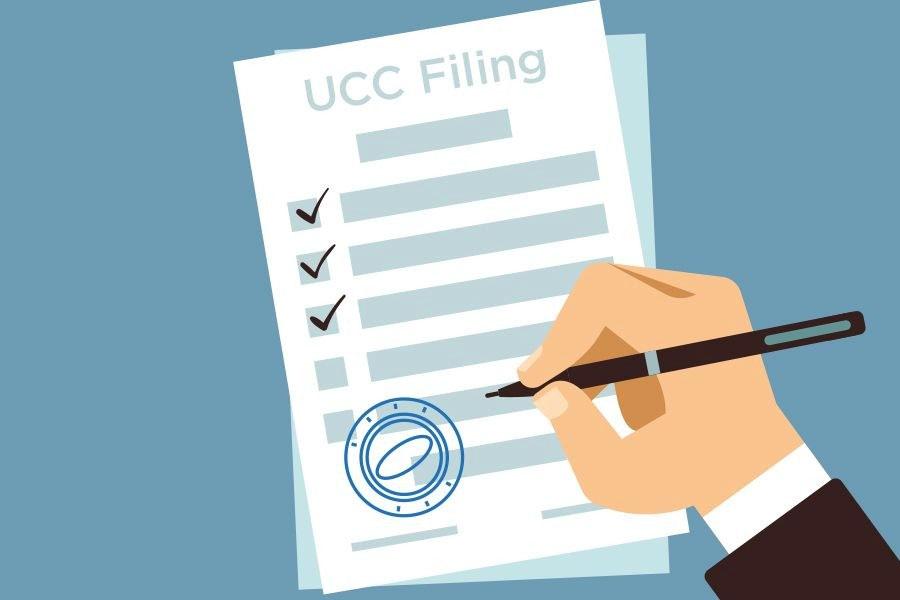
Typically, we think of risk levels in terms of risk tolerance. This is the right portfolio risk that a person would be most comfortable taking with their investments. Investment advisors are required to evaluate your risk tolerance, and you can measure it yourself in various internet sites. Recognizing what risk you are comfortable with is more of an art than a science.
It is based on the investment return you need to generate an acceptable retirement income and the asset allocation, which will give you that return. It is a delicate balance between financial reality and emotions.
When markets are rising, everybody is comfortable with their risk tolerance. That is why anyone with a stock that always goes up, either has not held the stock during a bear market or only checks their brokerage statements once every five years.
To figure out what comfortable means when it comes to risk tolerance, it assists in defining ‘uncomfortable.’ Whereas risk tolerance tests will ask you to speculate how far your portfolio should drop before you freak out and sell, the best strategy for finding this out is when markets actually are in free fall.
If you last in the markets long enough to see them come around and rise again, your risk tolerance was probably comfortable. If you sell out, it is a pretty good sign your risk tolerance was not as great as you or your financial advisor thought. Sadly, selling out at a market bottom is a costly way to find out the risk you had in your portfolio was uncomfortable. That is why we have prepared the tips below to help you assess your risk tolerance.
5 Tips for estimating your risk tolerance
Assessing your risk tolerance can assist you in identifying what mix of investments is ideal for you.
Generally, the higher your tolerance for downward fluctuations, the higher your allocation to stocks, often in the form of stock mutual funds. On the other hand, the lower your tolerance for volatility, the more you should allocate to cash and short-term, investment-grade bonds also called fixed income in industry parlance.
Tips to determine your personal risk tolerance
Consider how much risk you can truly afford
A person with a million dollars saved and no debt, low spending habits, and excellent insurance can afford to take investment risk. However, that same person might have an extremely low tolerance for doing so.
They would rather invest in reserves and live a modest lifestyle instead of watching the value of their account fluctuate wildly even though they could have more money in the future. Such a person has a very high-risk capacity, but low-risk tolerance.
Conversely, a person with much less wealth might be willing to invest very aggressively. Such a person might not bat an eye in watching their investment reduce in half during a recession. Still, due to poor insurance, lack of savings, or other oversight, they might liquidate some or all of their investment funds at a loss to offset the cost of an emergency or other unexpected expenditure.
Such a case is an example of a very risk-tolerant; however, it has a much lower capacity for undergoing a sizable draw down in the value of their investments.
Consider your age
Age is a vital consideration in assessing risk capacity, as well. Generally, someone who is only a few years away from reaching their investment goal, like retirement, will have a lower capacity for risk tolerance than someone whose investment goal is many years or even decades away.
Nonetheless, consider that someone entering retirement in their early to mid-60s might still have an investment of twenty to thirty years.
It is just as essential to achieving a rate of return sufficient to avoid running out of cash in retirement as it prevents significant declines in the value of those investments. The actual real risk is withdrawing too much from the portfolio in the early years of the planned investment horizon- particularly if those years coincide with a severe decline of the value of the portfolio.
Financial advisers have generally recommended withdrawing no more than 4-percent of the initial value of your investment yearly and adjusting that amount for inflation each year after that.
However, keep in mind that the 4-percent rule is based on historical observations of the stock market, during which a person who followed the rule would not have to run out of money in any thirty years observed between 1926 and today.
With interest rates remaining stubbornly low and life expectancies increasing, a safer assumption may be three-percent or more moderate- inclusive of what you pay in taxes.
Do not expect to avoid downturns
You will never lack online pundits, in-laws, and bloggers who will tell you how they prevented downturns in the market by timing their way into and out of the market. But the reality is no one can be successful consistently.
Researchers have repeatedly proved that no one can successfully- and consistently time their way into and out of the stock market to prevent periodic draw downs.
Reflect on your past to assess risk
Even though past results are never a predictor of future performance, they are a great place to start assessing risk. The simple principle is that if it happened in the past, it could happen again.
During the 2008-2009 financial crisis, from the market’s of peaks on 9th October 2007 to the bottom on 9th March 2009, the S&P 500 lost over 55-percent its value. The best part is it is rebounded by more than seventy-six percent over the following 12 months and by more than 400 percent, precisely ten years from the low point.
If that type of drop is too much for you to handle, you are probably better off investing in something more conservative.
If you prefer taking less risk, ask yourself if you are ok with less money
If your investing habit can be defined as conservative, you will make less money in ten or twenty years down the road.
That is the reason it is imperative to look at your investments, not just from the standpoint of risk versus return, however, in terms of how likely you are to reach your goal. Here is where the financial plan comes to play.
Such a plan does not have to be sophisticated or costly. Various online tools allow you to run basic calculations to guide you on how much you should save for a specific objective.
The benefit of investing more aggressively is that you can achieve a higher rate of return over time, which decreases the amount you have to save today.
Having said that, if you change course in the middle of an inevitable recession or other market correction, you are possibly to lock in a lower rate of return than you would have had if you had deployed a more conservative allocation.
For a conservative investor, it’s worth the additional out-of-pocket costs to increase their savings in exchange for the added certainty that they will achieve their goal, no matter how the markets fluctuate.
The main idea of investing in riskier asset classes such as stocks is to get more propfit than you would if you kept your funds in CDs or a bank account.
History has proved that investing in riskier assets eventually leads to more money in your pocket than you would by keeping your cash safely tucked away in CD or a bank account. The main word here is eventually. The cost for the higher return is your ability to tolerate the inevitable bad times between now and when you hope to attain your investing goal.
If you cannot withstand watching the value of your investments drop, sometimes significantly, during your investment period, you are possibly doing more harm than good by transforming your course when the going gets a touch and cashing out of your investments. In all chances, you would be better off never investing at all instead of cashing out after the value of your account has reduced.
Also, bear in mind that these down periods can last for various years. After you decide to invest your hard-earned savings, ensure you are committed (and capable) or sticking with it for the long haul.











